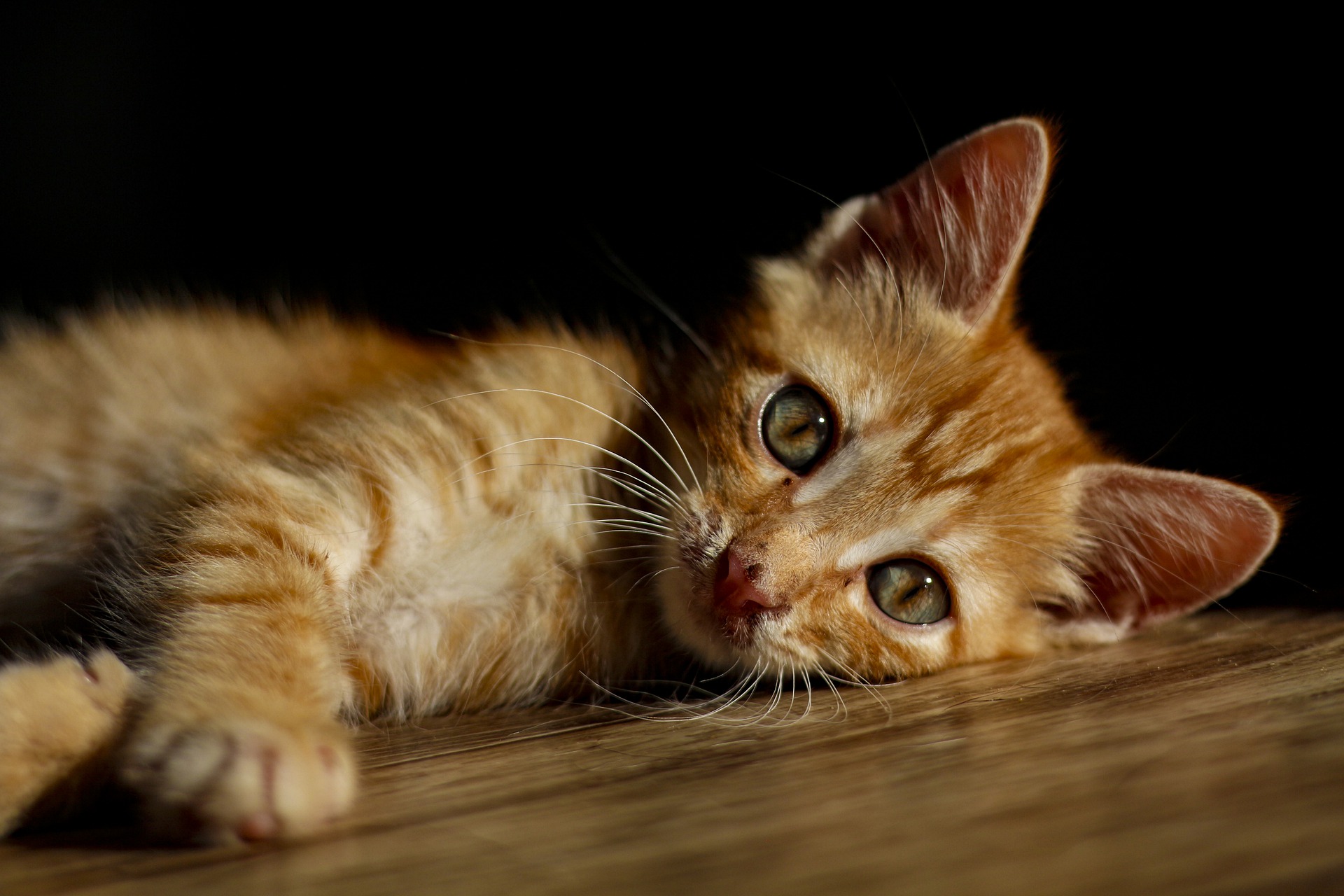Media release
From: The University of SydneyAustralians are being urged to get their cat desexed before the age of four months, instead of the standard six months, to close the “pregnancy gap” between puberty and surgery. Routine early-age desexing of cats could lessen the impact of unwanted litters. A new study has found that early-age desexing is on the increase in Australia.
Julia Beatty, Professor Emerita at the University of Sydney’s School of Veterinary Science, said the good news is Australia is doing well in the desexing arena. The study found more than 83 percent of cats presented to veterinarians in Australia were desexed, which is among the highest reported internationally.
However, the study also found that desexing at four months or younger, was carried out in only 21.5 percent of female cats, while only 59.8 percent of female cats had been desexed by six months of age, the traditional and the most common recommendation by vets in Australia.
“This creates a potential pregnancy gap between the time the female cat reaches puberty and the age at surgery,” Professor Beatty said. “It’s a gap that could be closed if desexing before four months of age were routine in vet practices, not just in shelters.”
The findings are published in the prestigious journal Scientific Reports.
Professor Beatty said early-age desexing was important to prevent unwanted kittens heading into overburdened and under-resourced shelters or into the stray cat population which is detrimental to their wellbeing and puts additional stress on wildlife already impacted by other predators, habitat loss and global warming.
“We really hope this research encourages the pet owning public to have their cats desexed before they reach four months of age,” Professor Beatty said. “This would be a win:win for cat welfare and wildlife welfare by helping to reduce the number of unwanted kittens.”
A team of researchers at the University of Sydney studied anonymous medical records of over 52,000 cats brought into vet clinics, including pet cats, breeding cats, cats owned by shelters and semi-owned cats. Stray cats, without a human carer, were not included.
The study found the practice of desexing younger cats is increasing, however, only 59.8% of female cats had been desexed by six months of age.
Female cats were less likely than males to be desexed (at all) or to have undergone early-age desexing, which is suboptimal for preventing unwanted litters. A female can give birth to up to three litters, of up to six kittens each year.
“Australia is moving in the right direction with early-age desexing but we need to keep up the momentum,” said Professor Beatty. “The ‘big-data’ approach to evaluating desexing practices in Australia used here can be repeated to evaluate the impact of future strategies to promote desexing by four months of age as a tool to improve animal welfare.”


